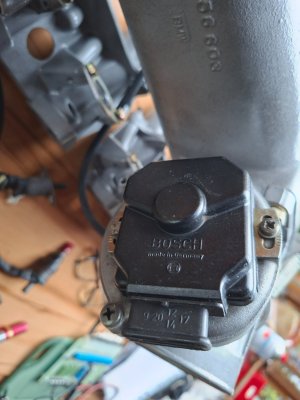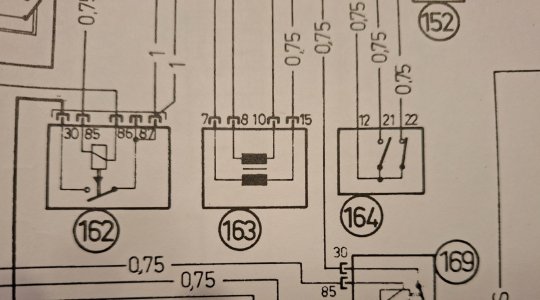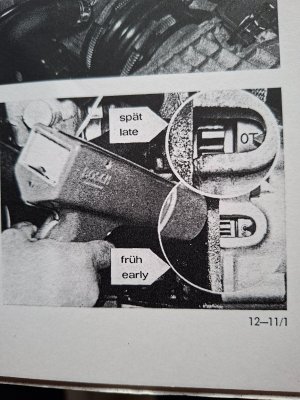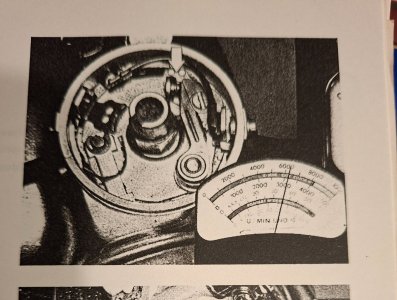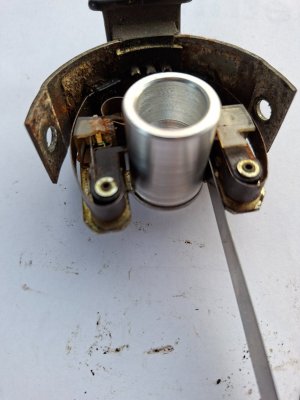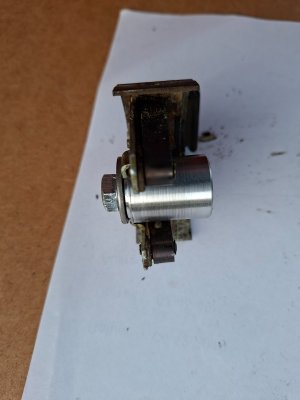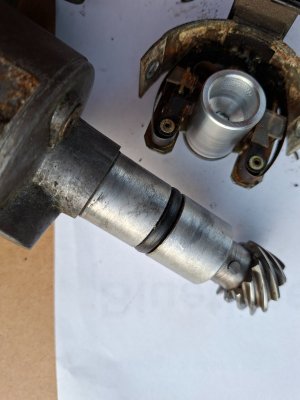Hi all,
My d-jet E9 has an overfuelling issue at idle, lumpy and rich. I think the fuelling is otherwise ok, in that the car pulls strongly without hesitation at full and part load. I've run through the basics, testing the ignition side of things (all seems fine except for some slight play in the dissy rotor, which can be fixed this coming winter with new bushes), and I've checked for vac leaks around the manifold (none, once I had tweaked the cold start valve waxstat). ECU and MAP both seem fine visually. MAP holds a vacuum fine and the coil resistances are in spec. The MAP is still virgin intacta, but does look to have been out of the car at some point, as one of the two bolts was missing where it fixes to its bracket.
Elsewhere in the d-jet system, both the air and coolant temp senders appear to be within range, and the loom connects well back to the ECU plug, and the TPS tests as fine electrically. I've tried anther good ECU in the car and it runs the same: fine under load, rubbish and rich at idle. Both ECUs were dialled back to max lean (anti-clockwise) on the twiddly knob.
So I've whipped the MAP out, to check it over in more detail and, as well as the missing bolt, I noted that it doesn't have a paint spot on it. The ECU has a red sticker on it, but I can't see the corresponding dot on the MAP. Given that the MAP has (I think) been removed at some point, I'm thinking it's perhaps not original to the car?
Can anyone help me understand this better:
At idle I am measuring 14"Hg in the manifold, which I think is lower than ideal, but I think this is in part down to the lumpy idle, which swings around 400-700rpm. And the play in the dissy may also be having an impact as the spark timing may not be as precise as needed. What is a good manifold vac at idle? 15" is ok, or still some more?
How sensitive are our d-jet cars to the colour dots on MAPs and ECUs? I have read that they need to be pair matched (red with red, blue with blue, etc.). But I have also read on the net that being colour matched is not vital.
What colour dots should my car have? My car is a 1972 city-pack CSL
Given that the MAP holds a vacuum fine, I understand that means the full-load diaphragm is leak free, however I don't think there is any way to test if the pair of aneroid bellows inside the MAP are intact without opening it all up. I think if one or both of the aneroids were leaking (not expanding under vacuum) then the MAP would be sending a part load signal to the ECU at idle. I have read that the aneroids (bellows) don't often fail though, so I'm not sure if this could be the issue or not. Has anyone come across a MAP with an intact full-load diaphragm but leaky aneroids?
Anything else I should be looking at? I've not looked at the injector triggers in the dissy, as I couldn't see a link to my symptoms there.
thanks
My d-jet E9 has an overfuelling issue at idle, lumpy and rich. I think the fuelling is otherwise ok, in that the car pulls strongly without hesitation at full and part load. I've run through the basics, testing the ignition side of things (all seems fine except for some slight play in the dissy rotor, which can be fixed this coming winter with new bushes), and I've checked for vac leaks around the manifold (none, once I had tweaked the cold start valve waxstat). ECU and MAP both seem fine visually. MAP holds a vacuum fine and the coil resistances are in spec. The MAP is still virgin intacta, but does look to have been out of the car at some point, as one of the two bolts was missing where it fixes to its bracket.
Elsewhere in the d-jet system, both the air and coolant temp senders appear to be within range, and the loom connects well back to the ECU plug, and the TPS tests as fine electrically. I've tried anther good ECU in the car and it runs the same: fine under load, rubbish and rich at idle. Both ECUs were dialled back to max lean (anti-clockwise) on the twiddly knob.
So I've whipped the MAP out, to check it over in more detail and, as well as the missing bolt, I noted that it doesn't have a paint spot on it. The ECU has a red sticker on it, but I can't see the corresponding dot on the MAP. Given that the MAP has (I think) been removed at some point, I'm thinking it's perhaps not original to the car?
Can anyone help me understand this better:
At idle I am measuring 14"Hg in the manifold, which I think is lower than ideal, but I think this is in part down to the lumpy idle, which swings around 400-700rpm. And the play in the dissy may also be having an impact as the spark timing may not be as precise as needed. What is a good manifold vac at idle? 15" is ok, or still some more?
How sensitive are our d-jet cars to the colour dots on MAPs and ECUs? I have read that they need to be pair matched (red with red, blue with blue, etc.). But I have also read on the net that being colour matched is not vital.
What colour dots should my car have? My car is a 1972 city-pack CSL
Given that the MAP holds a vacuum fine, I understand that means the full-load diaphragm is leak free, however I don't think there is any way to test if the pair of aneroid bellows inside the MAP are intact without opening it all up. I think if one or both of the aneroids were leaking (not expanding under vacuum) then the MAP would be sending a part load signal to the ECU at idle. I have read that the aneroids (bellows) don't often fail though, so I'm not sure if this could be the issue or not. Has anyone come across a MAP with an intact full-load diaphragm but leaky aneroids?
Anything else I should be looking at? I've not looked at the injector triggers in the dissy, as I couldn't see a link to my symptoms there.
thanks
Attachments
-
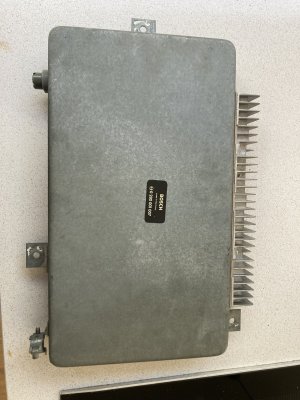 IMG_2319.jpeg341.9 KB · Views: 62
IMG_2319.jpeg341.9 KB · Views: 62 -
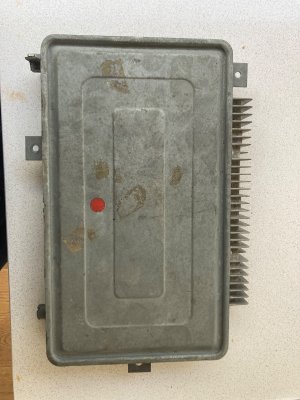 IMG_2320.jpeg648.8 KB · Views: 50
IMG_2320.jpeg648.8 KB · Views: 50 -
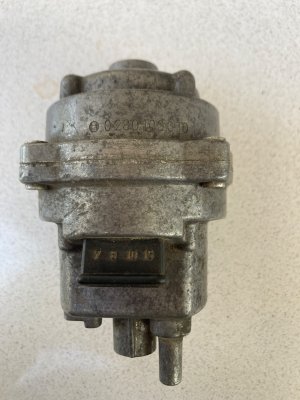 IMG_2321.jpeg489.2 KB · Views: 62
IMG_2321.jpeg489.2 KB · Views: 62 -
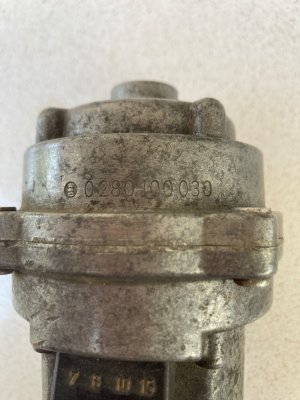 IMG_2322.jpeg492.9 KB · Views: 59
IMG_2322.jpeg492.9 KB · Views: 59 -
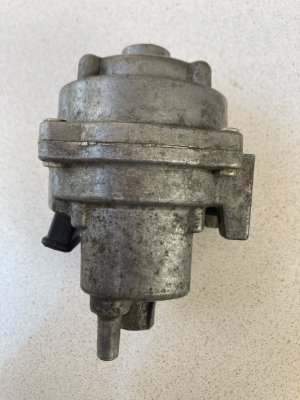 IMG_2323.jpeg559.3 KB · Views: 58
IMG_2323.jpeg559.3 KB · Views: 58 -
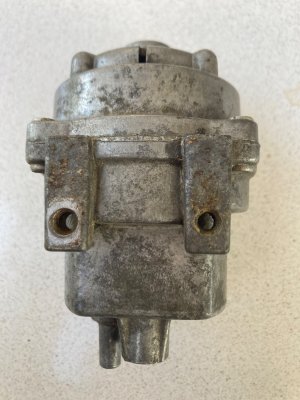 IMG_2324.jpeg513.5 KB · Views: 54
IMG_2324.jpeg513.5 KB · Views: 54 -
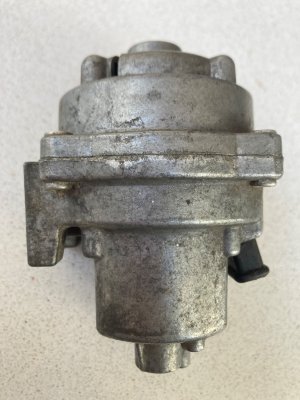 IMG_2325.jpeg497 KB · Views: 50
IMG_2325.jpeg497 KB · Views: 50 -
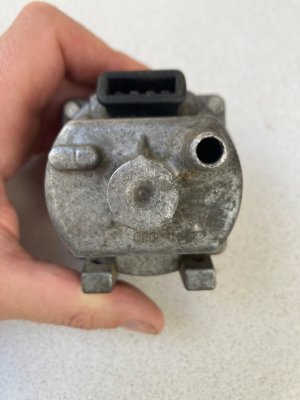 IMG_2326.jpeg358.4 KB · Views: 51
IMG_2326.jpeg358.4 KB · Views: 51 -
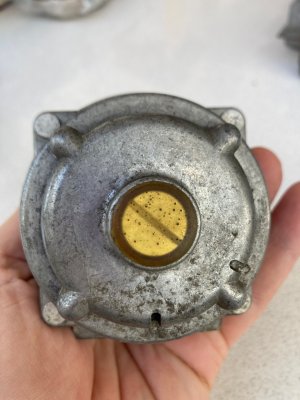 IMG_2327.jpeg459.8 KB · Views: 62
IMG_2327.jpeg459.8 KB · Views: 62

